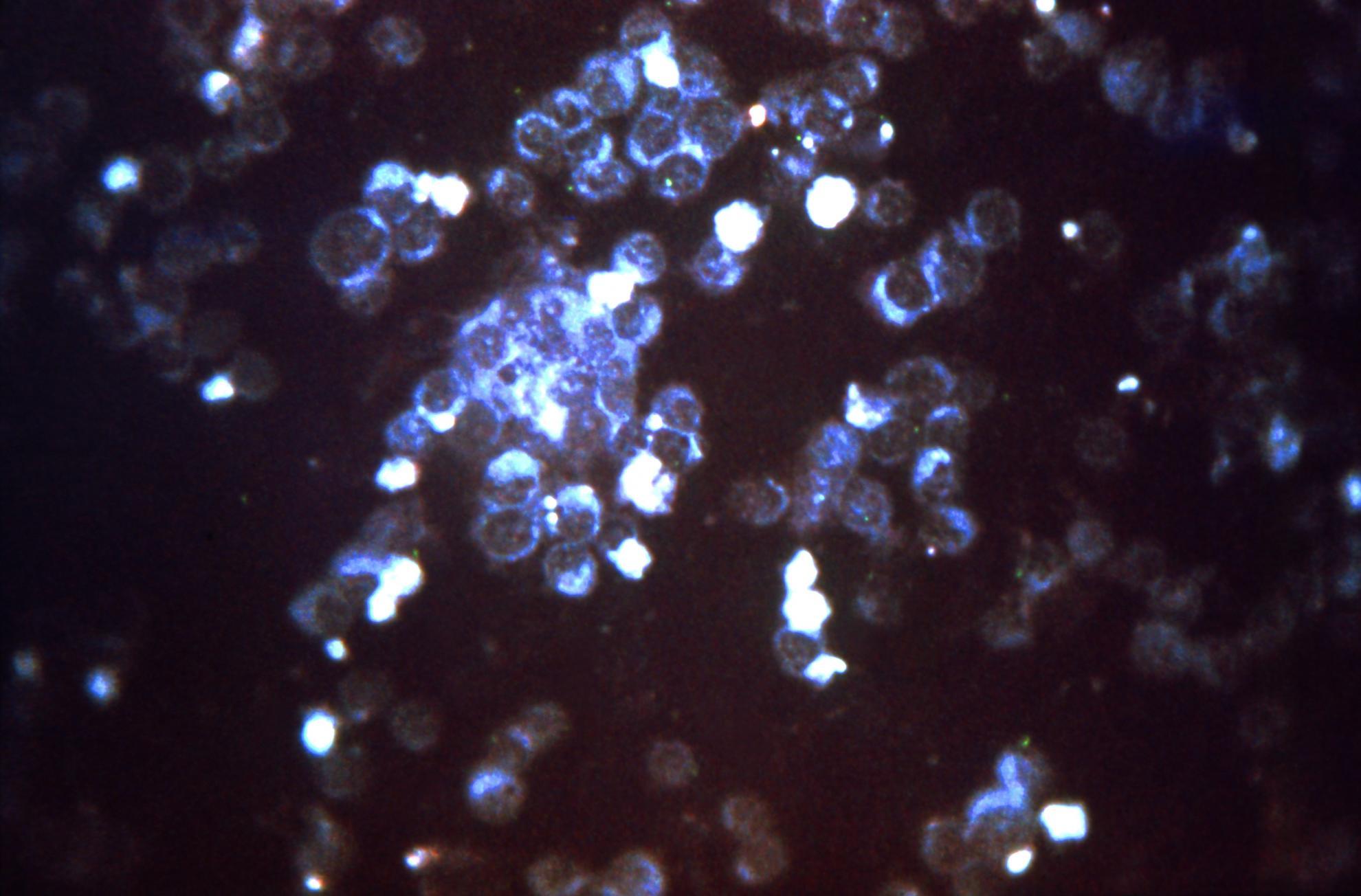Characterization of an experimental vaccine for bovine respiratory syncytial virus
Bovine and human respiratory syncytial virus (BRSV and HRSV) are major causes of respiratory disease in calves and children, respectively, and are prioritized vaccine targets. We previously demonstrated that an experimental vaccine, BRSV-immunostimulating complexes (ISCOMs), is effective in calves with maternal antibodies. The present study focused on antigenic characterization of this vaccine for the design of new generation subunit vaccines. Results confirmed the presence of G, F and N proteins in the ISCOMs and this knowledge was extended by the identification of M, M2-1, P and SH, as well as cellular membrane proteins such as integrin alphaVbeta1, alphaVbeta3 and alpha3beta1. The quantity of the major protein F was four- to five-fold greater than that of N ( approximately 77 mug vs. approximately 17 mug/calf dose), whereas G, M, M2-1, P and SH were likely present in smaller amounts. The L, M2-2, NS1 and NS2 proteins were not detected, suggesting that they are not essential for protection. Sera from BRSV-ISCOM immunized calves contained high titers of IgG antibody specific for F, G, N and SH. Antibody responses against M and P were not detected; however, this does not exclude their role in protective T cell responses. The absence of immunopathological effects of cellular proteins such as integrins needs to be further confirmed and their possible contribution to adjuvant functions requires elucidation. This work suggests that a combination of several surface and internal proteins should be included in subunit RSV vaccines and identifies absent proteins as potential candidates for differentiation of infected from vaccinated animals.
Back to publications
Publication
Contributors
Hagglund S, Hu K, Blodorn K, Makabi-Panzu B, Gaillard A L, Ellencrona K, Chevret D, Hellman L, Lovgren Bengtsson K, Riffault S, Taylor G, Valarcher J F, Eleouet J F
Year
2014
Journal
Clinical and Vaccine Immunology
Volume
21
Issue
7
Pages
997-1004
